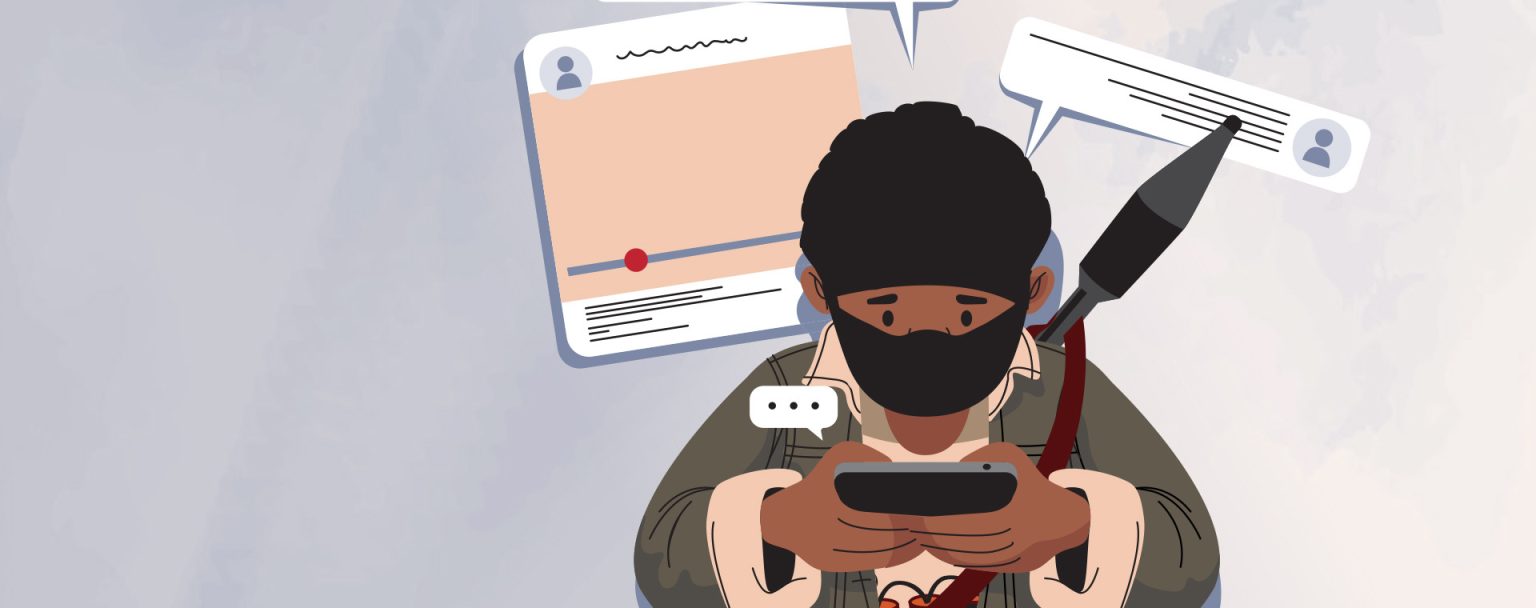Social Media’s Double-Edged Sword: From Democratic Tool to Weapon of Instability
In just over a decade, social media has transitioned from a novel form of communication to an undeniable force shaping modern life. Its pervasive influence extends beyond personal connections, impacting politics, security, and public discourse worldwide. Platforms like Facebook, YouTube, X (formerly Twitter), Instagram, and TikTok have become integral to daily life, revolutionizing how we interact, learn, and perceive the world. This democratization of information has empowered individuals to become content creators, challenging the traditional media landscape and enabling direct engagement with audiences. This unprecedented access, driven by the internet’s global reach, has connected over 5 billion active users, representing 62.3% of the global population.
However, this powerful tool has a darker side. Social media has become a breeding ground for misinformation, disinformation, and propaganda. From Pizzagate to COVID-19 conspiracy theories, the spread of fabricated narratives has fueled social division and real-world consequences. This "weaponization" of social media has been exploited by various actors, including extremist groups and even governments, to manipulate public opinion, incite violence, and sow discord. As authors P.W. Singer and Emerson T. Brooking highlight in their book "LikeWar," social media’s ability to connect like-minded individuals across vast distances can be harnessed for both benign and dangerous purposes.
Terrorist Exploitation of the Digital Landscape
Terrorist and extremist groups have recognized and leveraged the power of social media to advance their agendas. Platforms like YouTube, X, Facebook, WhatsApp, and Instagram have become essential tools for recruitment, radicalization, communication, and propaganda dissemination. The anonymity, global reach, and encrypted communication offered by these platforms create a fertile ground for terrorist activities. Studies have shown that social media has become a "major gateway" for terrorists, providing advantages such as concealment, continuous coordination, and access to financial resources beyond government oversight.
Beyond recruitment and communication, social media plays a crucial role in terrorist psychological operations (psyops). Extremist groups utilize these platforms to manipulate emotions, distort facts, and demoralize adversaries, effectively turning social media into a cheap and powerful psyops tool. The Islamic State (ISIS) exemplified this strategy during its 2014 invasion of Iraq, orchestrating a sophisticated social media campaign to amplify its message and project an image of power and invincibility. This digital prowess allowed ISIS to control both physical and digital territory, marking a new era in terrorist tactics.
Emerging Technologies and Amplified Threats
The weaponization of social media is further amplified by emerging technologies like artificial intelligence (AI) and encrypted messaging apps. The potential for extremist groups to utilize AI to generate fake videos, audio, and images for disinformation campaigns is a chilling prospect. AI language tools could also be employed to mass-produce extremist literature and recruitment materials. While the full impact of AI on extremist activities is still unfolding, experts warn of its potential to escalate online threats and manipulation. Social media companies’ ongoing struggle to moderate content and prevent the spread of extremist ideologies is further complicated by these technological advancements.
The Case of Pakistan: TTP and Baloch Separatists
Pakistan’s digital landscape is not immune to these challenges. The Tehreek-e-Taliban Pakistan (TTP) has revamped its media wing, Umar Media, modeling it after the Afghan Taliban’s Al Emarah Media, to enhance its propaganda efforts. Umar Media produces content in multiple languages, utilizing websites, social media accounts, and encrypted messaging platforms to reach a wider audience. This sophisticated information warfare strategy has contributed to the resurgence of TTP attacks in Pakistan.
Baloch separatist groups, particularly the Baloch Liberation Army (BLA), have also embraced social media to project their militant activities, justify their violence, and recruit new members. They have become increasingly adept at using digital technologies, even employing AI-generated videos to amplify their attacks and gain international attention. The BLA’s focus on disrupting the China-Pakistan Economic Corridor (CPEC) project has led to a surge in anti-CPEC content on social media, particularly on TikTok.
TikTok as a Tool of Hybrid Warfare
The irony of the BLA utilizing a Chinese-owned platform, TikTok, to undermine a Chinese investment project underscores the complex nature of digital warfare. The BLA and its affiliated groups have exploited TikTok’s algorithms to spread disinformation and portray CPEC as an attempt to exploit Balochistan’s resources. The sheer volume of anti-CPEC content on TikTok, coupled with its lax content moderation policies, has allowed this narrative to gain significant traction, particularly among young audiences in Balochistan. This coordinated digital disinformation campaign serves as a prime example of hybrid warfare, utilizing a seemingly innocuous platform to undermine a strategic national project.
Building a Robust Cyberdefense: A Collaborative Approach
Addressing these evolving digital threats requires a multi-pronged approach involving international cooperation, technological advancements, and robust legal frameworks. Pakistan and China must collaborate to address the exploitation of TikTok by Baloch groups. This includes establishing a joint task force to oversee digital security related to CPEC, strengthening intelligence sharing, and enhancing cyber surveillance capabilities. TikTok, for its part, needs to implement stricter content moderation policies and actively collaborate with Pakistani authorities to remove harmful content and block accounts affiliated with banned groups.
Furthermore, Pakistan needs to strengthen its cyber laws, criminalizing digital warfare against state projects and penalizing those spreading harmful propaganda. A comprehensive counter-narrative strategy is crucial, focusing on factual and engaging content that highlights the benefits of CPEC. Public awareness campaigns are essential to educate citizens about the dangers of online misinformation and extremism. This collaborative approach, combining diplomatic efforts, technological solutions, and legal frameworks, is vital to effectively counter the weaponization of social media and protect critical national interests.


